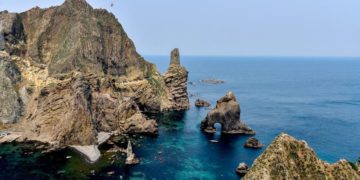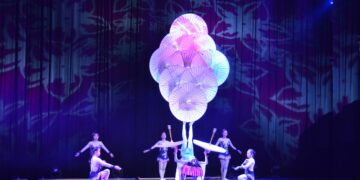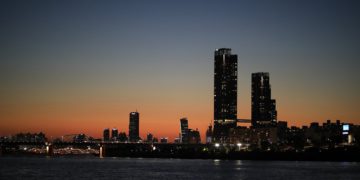Plan a trip to gorgeous places with rich history and background by exploring the UNESCO World Cultural Heritage Sites in South Korea!
Korea is a country that boasts a rich cultural heritage and a long history, and there is no better way to experience it than by visiting its UNESCO World Cultural Heritage sites. These sites have been recognized by the United Nations Educational, Scientific and Cultural Organization (UNESCO) for their outstanding universal value and for offering a glimpse into Korea’s unique and diverse culture.
Here’s a guide to some of the most noteworthy UNESCO World Cultural Heritage sites in Korea that are worth visiting:
Changdeokgung Palace and Huwon
Located in the heart of Seoul, Changdeokgung Palace and its beautiful secret garden, Huwon, are must-see destinations for anyone visiting Korea. The palace was constructed during the Joseon Dynasty (1392-1910) and served as the royal residence for many kings. The palace itself is an architectural masterpiece, but the real highlight is the garden, which is considered one of the finest examples of Korean landscape architecture.
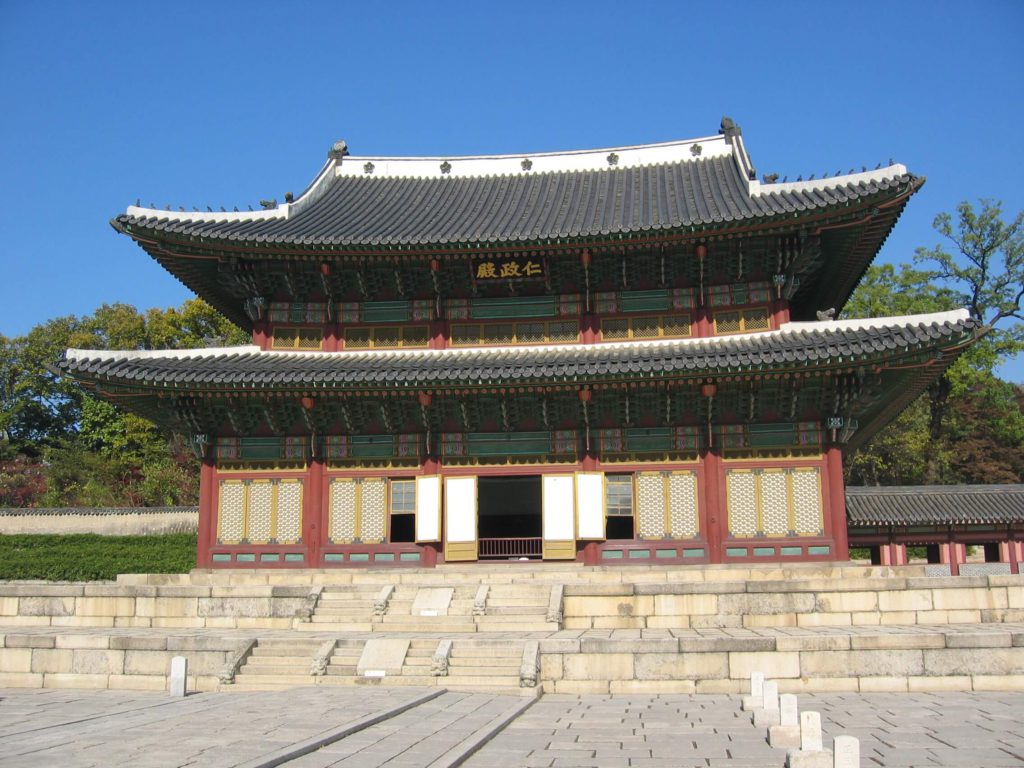
Hwaseong Fortress
Built in the late 18th century, the Hwaseong Fortress is a massive fortification that surrounds the city of Suwon. The fortress features impressive stone walls, watchtowers, and gates, and offers a stunning view of the city. Visitors can also enjoy the surrounding area, filled with traditional Korean houses, temples, and markets.
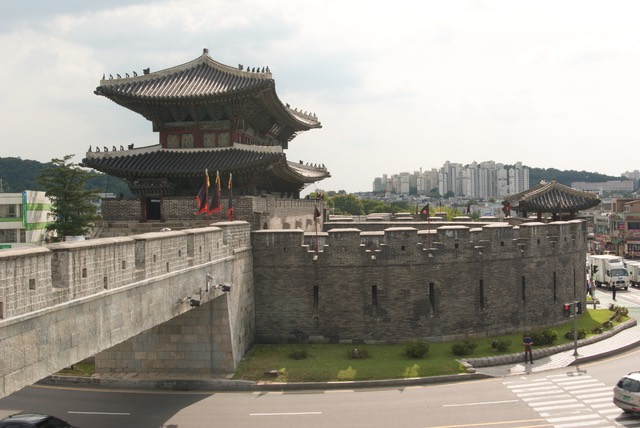
Gyeongju Historic Areas
Located in southeastern Korea, Gyeongju is known as the “museum without walls” for its extensive collection of historical sites and artifacts. The Gyeongju Historic Areas include ancient tombs, temples, and palaces, many of which date back to the Silla Dynasty (57 BC – 935 AD). Visitors can explore the area on foot, by bike, or on a traditional horse-drawn carriage.
Royal Tombs of the Joseon Dynasty
The Royal Tombs of the Joseon Dynasty is a collection of 40 burial sites located in and around Seoul. These tombs were constructed between the 15th and 20th centuries and are significant for their unique design and intricate artwork. Visitors can explore the sites and learn about the history of the Joseon Dynasty.
Seowon, Korean Neo-Confucian Academies
The Seowan, which consists of nine Neo-Confucian academies in Korea, is a significant cultural heritage that represents the influence of Neo-Confucianism during the Joseon dynasty. This serial property is a testament to the enduring legacy of the educational and philosophical values that have shaped Korean society. According to the Seowan historical account, Neo-Confucianism from China was adapted to suit Korea’s unique cultural and practical needs. This led to a significant evolution in the design and functionality of Korean architecture and urban planning.
Haeinsa Temple Janggyeong Panjeon
The Haeinsa temple’s Janggyeong Panjeon is located on the slopes of Mount Gayasan and serves as a holy place for the Tripitaka Koreana, a vast collection of Buddhist literature engraved on approximately 80,000 wooden blocks. This collection dates back to the years 1237 to 1248 and is renowned for its exceptional quality and precision, earning recognition from Buddhist scholars worldwide. The depositories are a remarkable archeological discovery due to their distinct structural attributes and ingenious approach to preserving and safeguarding 80,000 wooden blocks that bear the inscribed Buddhist teachings. The collection is also a source of fascination for art historians and archeologists alike, as the intricate engravings display a level of mastery and originality in the execution of the technique.
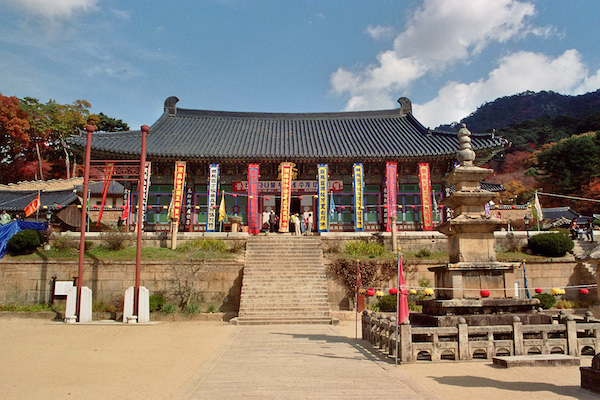
Jongmyo Shrine
The Jongmyo shrine was initially built in the late 14th century to serve as a repository for the spirit tablets of the Joseon dynasty’s kings and queens. However, it was destroyed during the 16th-century Japanese invasion. It was subsequently reconstructed in the early 17th century and expanded to its present size. The Jongmyo shrine is a remarkable and genuine representation of Confucian ancestral shrines that has withstood the test of time. Its spatial arrangement remains unchanged and unparalleled. Its importance is further underscored by its longevity and the intangible cultural legacy it embodies.
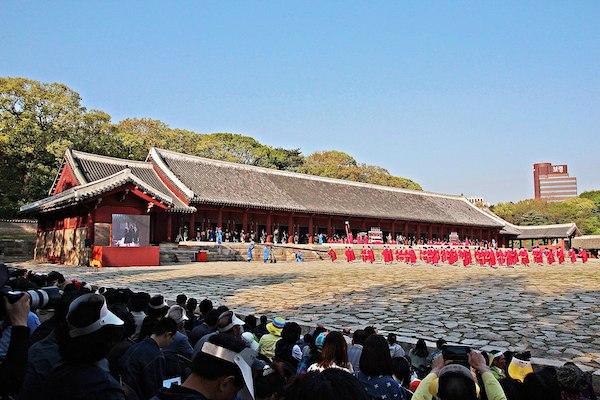
Sansa, Buddhist Mountain Monasteries
Sansa is a group of seven Buddhist mountain monasteries situated in the southern provinces of the Korean peninsula. These monasteries, namely Buseoksa (in Yeongju), Bongjeongsa (in Andong), Tongdosa (in Yangsan-si), Beopjusa (in Boeun County), Seonamsa (in Suncheon), Magoksa (in Gongju), and Daeheungsa (in Haenam County), were founded between the 7th and 9th centuries and have served as centers for religious and spiritual education. The complex has embraced a range of Buddhist traditions and societal beliefs within its premises. It comprises a plethora of historical edifices, archives, artifacts, chambers, and other areas that exhibit a synthesis of traits of Buddhism in Korea. These temples have endured the passage of time and endure as vibrant hubs of devotion and religious customs.
Namhansanseong
The Namhansanseong was a fortification built and protected by soldier monks who practiced Buddhism. This fortress was designated as an alternate capital city for the Joseon dynasty in case of emergencies. Situated on a mountainous path, approximately 25 kilometers away from Seoul, the first remnants of the Namhansanseong date back to the 7th century. However, it underwent various reconstructions due to the fear of attacks from the Sino-Machu Qing dynasty.
The Namhansanseong fortress uniquely blends military engineering and innovative fortification tactics. The walls of the fortress were designed to house a range of civil, religious, and military structures. The construction of the Namhansanseong fortress was a response to the introduction of firearms from the West, which caused a sense of fear and insecurity. This prompted a renewed interest in ancient Chinese and Korean fortification techniques, leading to the creation of this impressive fortress. The Namhansanseong fortress remains an important symbol of Korean sovereignty to this day.
Bulguksa Temple and Seokguram Grotto
The Seokguram Grotto and Bulguksa Temple are significant religious architectural complex that dates back to the 8th century during the Silla dynasty. Situated on the slopes of Mount Tohamsan, minister Kin Dae-Seong commissioned the construction of these structures.
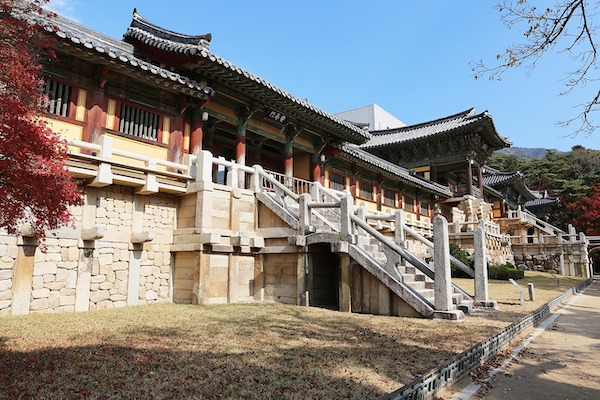
The Seokguram Grotto features a Buddha statue, surrounded by several other significant Buddhist figures, including Bodhisattvas, ten disciples, two devas, two vajrapaanis, and eight divine guardians. Carved from white granite stone, it stands out as an exceptional masterpiece of East Asian Buddhist architecture and arts. The Bulguksa temple, built with wood and stone terraces, showcases the Buddhist religious architecture of Gyeongju. It is a remarkable example of this style.
Conclusion
Visiting these UNESCO World Cultural Heritage sites is a great way to experience the rich cultural history of Korea. In addition to the sites listed above, there are many other historical landmarks, museums, and cultural centers worth exploring. Whether you’re interested in architecture, history, or natural beauty, Korea has something for everyone. Make sure to plan your visit in advance and take your time to fully immerse yourself in the culture and beauty of this fascinating country.
Related Posts
7,132 total views, 3 views today




